The process of incorporating different liquids into a batch mixer is a critical step in various industrial applications.
Understanding the chemical properties of the liquids used, as well as employing appropriate mixing techniques, is essential to prevent issues like stratification, poor homogeneity, lump formation, and increased energy consumption.
Batch mixers are widely used in industries such as food processing, pharmaceuticals, animal feed, Pet food, chemical and materials manufacturing to blend solids and liquids into a homogeneous mixture. However, achieving uniform distribution of liquids within the solids can be challenging, especially when dealing with immiscible liquids like oil and water. The homogeneity of the final product, often measured by the Coefficient of Variation (CV), is influenced not only by the type of mixer but also by the properties of the liquids involved.
Discover the importance of premixing immiscible liquids using dedicated homogenization equipment to enhance the final product quality and operational efficiency.
UNDERSTANDING LIQUID MISCIBILITY
The ability of liquids to mix and form a single homogeneous phase is governed by their chemical properties. Liquids that can combine and form a new, uniform liquid are termed 'miscible'. Conversely, liquids that resist mixing and instead form separate layers are referred to as 'immiscible'. A classic example of immiscible liquids is oil and water, which naturally separate due to differences in polarity and density.
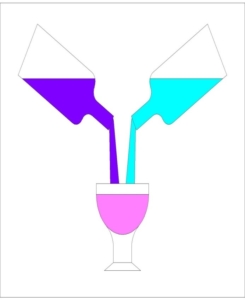
MISCIBLE LIQUIDS
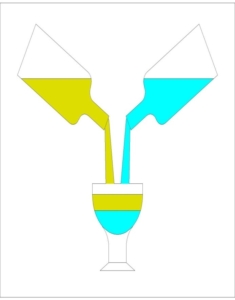
IMMISCIBLE LIQUIDS
CHALLENGES IN MIXING IMMISCIBLE LIQUIDS
When immiscible liquids like oil and water are added separately to a batch mixer, several problems can arise:
- Stratification: Immiscible liquids tend to form separate layers on the surface of the solid particles, leading to poor distribution throughout the mash.
- Poor homogeneity: The inability of immiscible liquids to mix results in high CV values, indicating significant variation in the composition of the final product.
Marketplace
- Lump formation: The separation of liquids can lead to the formation of lumps, which further degrades the quality of the mixture.
- Reduced product quality: Inconsistent mixing can compromise the structural integrity and overall quality of the final product.
- Increased mixer and transport contamination: Immiscible liquids can adhere to the interior surfaces of the mixer and transport equipment, leading to contamination and requiring more frequent cleaning.
- Higher energy consumption: Poorly mixed liquids can cause the mixer to work harder, increasing energy consumption and operational costs.
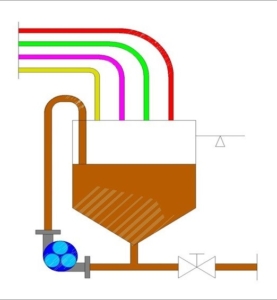
DOSING AND HOMOGENISING
THE EML SERIES HOMOGENIZER BY PLP SYSTEMS
Achieving homogeneity in a batch mixer when working with immiscible liquids is a complex challenge that requires careful consideration of the liquids' properties and the mixing techniques employed. That's why PLP Systems has created The EML series homogenizer machine, used in all areas where there is a need to mix and emulsify various liquids or powder dispersions. Placed below the threshold of a tank, thanks to the pumping effect, allows the circulation of liquids in the container.
The intense cutting effect resulting from the combination of mechanical and hydraulic processing of the 'rotor' and 'stator', a powerful 'shear' effect is generated on the product. This process ensures a highly mixed consistency and perfect homogeneity, ensuring high-quality results for the finished product.

Comparision of liquid feed separation times. The sample on the left was obtained using a traditional mixer, while the one on the right was obtained using our EML Homogenizer.
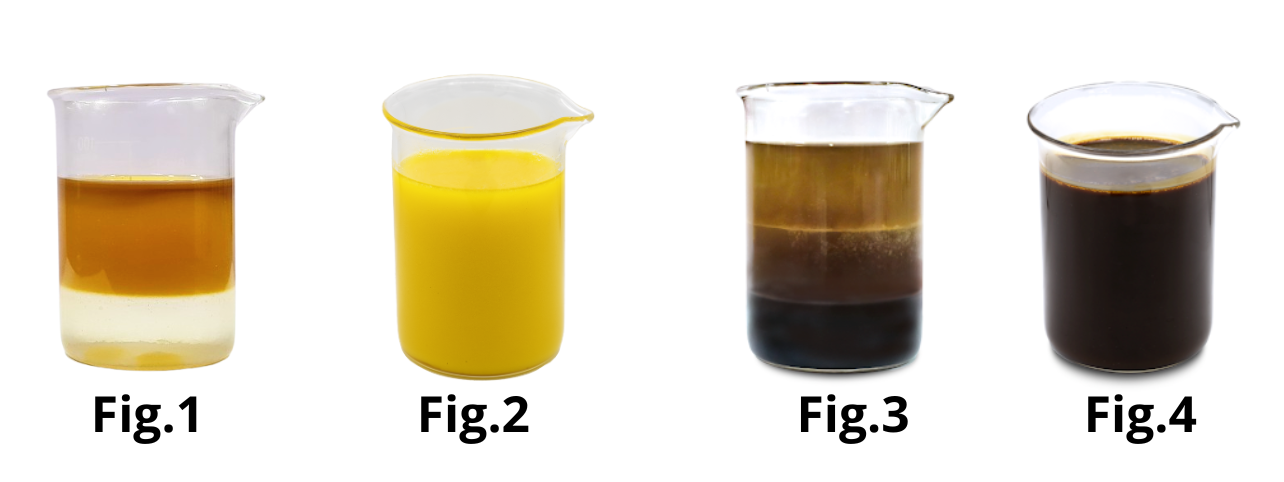
Fig. 1-2, 70% vegetable oil; 30% H₂O. Fig. 3-4, 40% molasses, 40% vegetable oil, 20% H₂O. Comparision of liquid feed separation times. The sample on the left was obtained using a traditional mixer, while the one on the right was obtained using our EML Homogenizer.
By premixing immiscible liquids using a EML homogenizer, manufacturers can overcome many of the issues associated with direct mixing, leading to improved product quality. As industries continue to demand higher standards of quality and efficiency, the adoption of advanced mixing and homogenization techniques will become increasingly important for different industries.
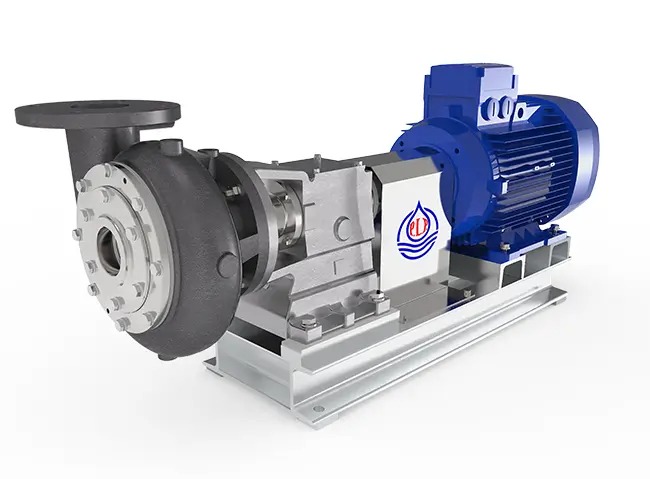
EML SERIES – PLP HOMOGENIZER
PLP Systems specializes in both liquids and powders, with a special focus on the pet food and feed industries. An important area for PLP is the accurate management of liquids and powder for feed production, with a specific focus on post-pellet coating. This process involves adding micro-liquids such as enzymes, vitamins, flavors, probiotics amd yeast to the pellets, aiming to enhance their quality.
Whether you're looking to improve your current production line or explore innovative methods to increase product appeal, our technologies offer the reliability and excellence you need.
Need more information or want to dive deeper into our liquids dosing and mixing systems?
We're here to provide tailored solutions and answer all your questions.
Call us today at +39 0523 891 629 or email us at [email protected] for a free consultation.
We're here to help you find the perfect solution for your needs!
Source: PLP Systems
About company

About company
PLP Systems, founded in 1980, is a business reality specialized in dosing and weighing liquids and powders for production plants of pet food, feed, food for human consumption, and chemical products.
PLP Systems can supply complete systems for liquid and powder dosing control, continuous coating on finished products, microdosing, emulsifiers, motorized sprayers, flow meters, pumps, and filters.
In the pet food sector, PLP SYSTEMS has developed precise and reliable technological systems. It is one of the companies with the highest internationally recognized technological added value.
Please check the latest products in https://lnkd.in/eKs5wHP
We are available for any future information. Let's keep in touch!




































